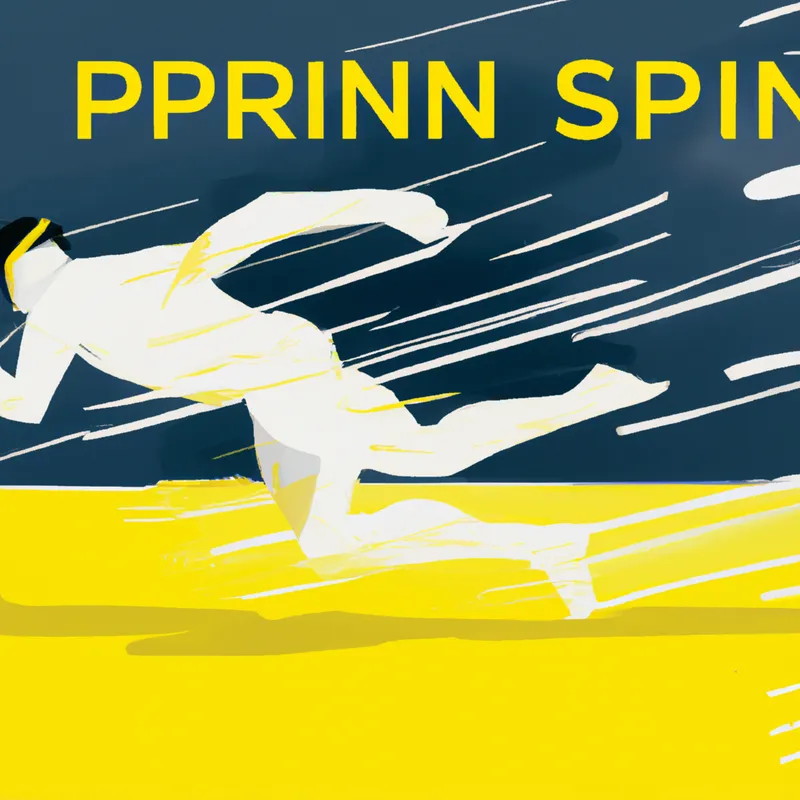Transform Your Sprint: Secrets to Explosive Starts
The Science of Sprinting: Techniques to Optimize Start and Acceleration
Sprinting involves biomechanics, physics, and technique. Understanding these mechanics enhances an athlete’s performance. This post presents techniques to improve your start and acceleration. Mastering these skills boosts overall sprinting performance. Let’s explore sprinting intricacies!
Understanding the Start
The start sets the tone for the race. A strong start gives athletes an advantage over competitors. Technique matters in this phase; speed alone won’t suffice.
Set Up Your Starting Position
Position yourself correctly in the starting blocks. Place your front foot at the starting line and your back foot behind. Lean slightly forward to create muscle tension for an explosive push-off.
Rest your hands firmly on the ground with spread fingers and flat palms. This position provides stability and a strong launching base.
Focus on Your Body Angle
Your body angle maximizes acceleration. Aim for a forward lean of about 45 degrees. This lean optimally positions your center of gravity for a powerful push-off.
Ensure your hips sit higher than your shoulders. This positioning allows your legs to drive downward, generating necessary force for a strong start.
Optimizing Acceleration
After a strong start, the acceleration phase becomes crucial. You build speed and set the pace for the sprint.
Drive Your Knees
Focus on driving your knees upward during acceleration. This technique engages your hip flexors and increases stride frequency, helping you build speed.
Incorporate shorter, quicker strides for better speed while maintaining balance. Land your feet directly under your body for efficient running form.
Utilize Your Arms
Your arms significantly impact your start and acceleration. A vigorous arm swing propels your legs forward and increases speed.
Keep your elbows bent at approximately 90 degrees. Swing your arms in rhythm with your legs for efficient movement. Ensure your arms move in a straight line to maintain balance and speed.
Conclusion
This summary highlights key insights on starting and accelerating in sprinting. Emphasize technique to enhance your performance.
Below are related products based on this post:
FAQ
What is the importance of the starting position in sprinting?
The starting position is crucial as it sets the tone for the race. A strong start provides athletes with an advantage over competitors. Proper technique in this phase is essential; simply relying on speed is not enough to succeed.
How can I optimize my acceleration after the start?
To optimize acceleration, focus on driving your knees upward, engaging your hip flexors, and increasing stride frequency. Incorporate shorter, quicker strides while maintaining balance and ensuring your feet land directly under your body for efficient running form.
What role do my arms play in sprinting performance?
Your arms significantly impact your start and acceleration. A vigorous arm swing helps propel your legs forward and increases speed. Keeping your elbows bent at about 90 degrees and swinging your arms in rhythm with your legs is crucial for maintaining balance and enhancing speed.















Post Comment